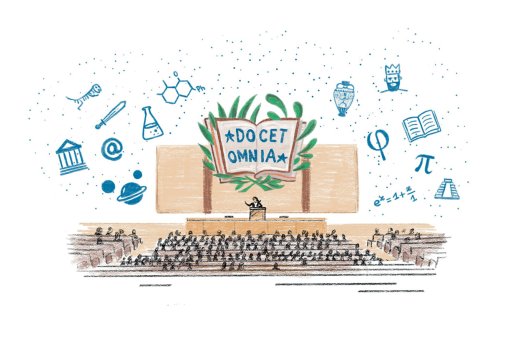Variations in solar activity can have an impact on the Earth's climate, but they can also generate serious technological risks. By releasing large quantities of particles and electromagnetic waves, solar flares can destroy power grids, telecommunications networks and, in particular, GPS navigation satellites, bringing air, sea and land transport to a standstill.
Systematic measurements of solar activity began in the early 17th century, with the observation of sunspots using astronomical telescopes. As early as the 19th century, astronomers demonstrated that solar activity fluctuates according to 11 year cycles, and that its intensity can drop over several decades, such as the Maunder Minimum (1645-1715). Over the last century, sunspot records have been supplemented by other data from terrestrial observatories, space probes and satellites. However, these short-term instrumental records are insufficient to document and understand the Sun's behavior and predict its future activity. Cosmogenic isotopes such as carbon-14 (14C)in tree rings and beryllium-10 (10Be) in polar ice are produced in the upper atmosphere by cosmic radiation modulated by solar activity. These isotopes are in fact the best indicators for reconstructing solar activity before the period of instrumental measurements.
This new study, involving three research teams, is based on analysis of the 14Ccontent of subfossil trees discovered in the southern French Alps. For the past 25 years, IMBE has been carrying out regular field campaigns along the rivers and streams of the Gap region, and has assembled an exceptional collection of perfectly preserved subfossil trunks in Aix-en-Provence. Their dendrochronological study has enabled us to build floating chronologies covering the last 15 ,000 years. Among these, the Drouzet torrent chronology covers the period 14 400-13 700 cal BP (calendar years before the present, defined as 1950 CE). The 14Ccontent of the annual growth rings in this chronology was measured using the AixMICADAS spectrometer at CEREGE's radiocarbon unit. This unit, inaugurated in 2016, produces accurate and reliable results, which were confirmed in 2020 and 2023 as part of specific international intercomparisons on wood dating.
The researchers discovered a remarkable 14Cpeak that occurred within a single year between 14 300 and 14 299 cal BP. By comparing these results with 10Berecords in Greenland ice cores, using carbon cycle modelling calculations performed at CEREGE and sophisticated statistical analysis carried out at the University of Leeds in the UK, the researchers attribute this 14Canomaly to a solar flare of exceptional magnitude, the largest ever recorded. In addition, another anomaly with a longer duration was detected between 14 000 and 13 900 years cal BP. It can be attributed to a Maunder-type solar phenomenon linked to the modulation of galactic cosmic particles by the heliomagnetic field.
Previous research had detected nine 14Canomalies probably linked to major solar eruptions during the last 15 000 years. Of these, the most significant date back to 774 CE, as well as 660, 5259 and 7176 BCE. The solar event of 14 300 cal BP discovered by this new study is of much greater intensity. It is 10 to 100 times more intense than known solar storms of the instrumental period, such as the famous Carrington event of 1859, which caused major disruptions to telegraph networks and aurora borealis as far away as the latitudes near the equator, or that of March 1989, which plunged the Canadian province of Quebec into chaos for several hours.
This discovery opens up new perspectives for understanding the history of solar activity and its impact on the Earth. It also illustrates the crucial role played by natural archives such as tree rings in modern scientific research. The implications of these results for our understanding of climate and our ability to predict future solar events are fascinating, and are arousing growing interest in both the scientific community and the general public.
Radiocarbon research at CEREGE in Aix-en-Provence (UMR Aix-Marseille Université, CNRS, IRD, INRAE, Collège de France) is supported by the Collège de France and the French National Research Agency (EQUIPEX ASTER-CEREGE, ANR projects CARBOTRYDH and MARCARA).









